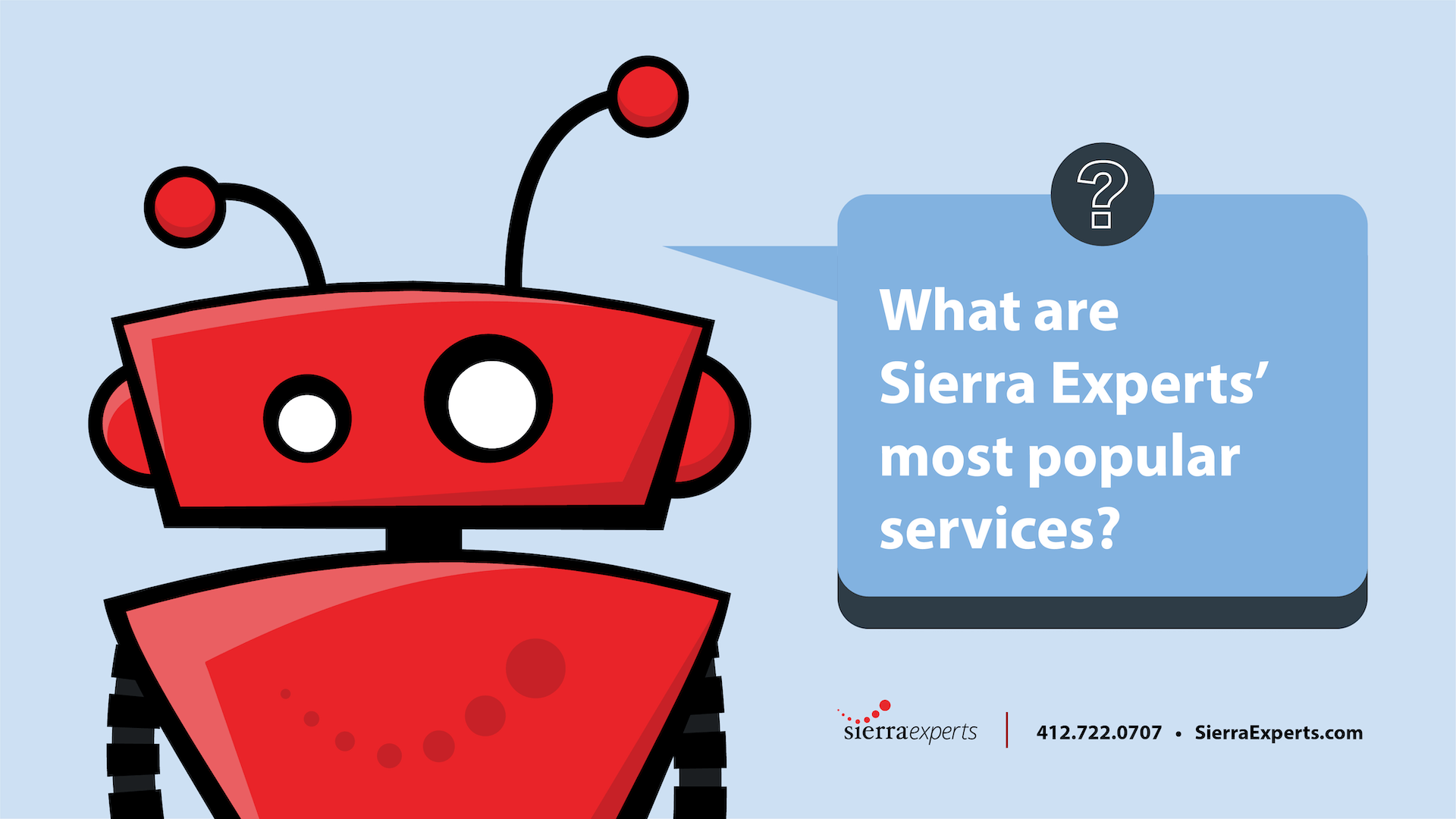As one of our trusted partners in the content marketing business, we asked Scott Rogerson, CEO of UpContent, to answer a couple of questions regarding his interaction with IT employees and Marketing.
As we all know, the need for sharing content within our social media, email marketing, and website platforms is crucial for thought leadership, brand awareness, and other factors that ultimately increase ROI. His company, UpContent is one of the best rated and reviewed platforms to accomplish this and integrate it with many useful tools.
He shared incredibly insightful answers according to his knowledge and experience, and we couldn’t be happier to share it with our community of marketing, sales, and technology folks. Enjoy!

What is your most recent experience working with someone in IT and how did it directly impact marketing?
We are a SaaS product company, so working with technical leaders is a part of our everyday lives. We are also a small team with several competing priorities. We work to exceed the needs of our customers, so this makes effective collaboration with technical folks, within UpContent and within our customer’s teams, critical.
From an internal perspective, we’ve most recently launched a targeted digital advertising campaign that required collaboration with our engineering team to help ensure we could properly track and attribute new customers and demo requests to the proper campaign and related landing page.
Would you trust a marketing campaign if IT wasn’t involved?
As a target prospect, “yes.” I’d still trust the campaign if the bare bones technical setup was complete (such as ensuring information is being set via a secure site). Beyond that, I’d likely only be exposed to the beautifully articulated copy, lovely visuals, and enticing content. But once I entered my information, that is likely where the horror would begin.
As has always been the case, even back in the early days of my career as an IT auditor, the struggle always presents at the integration points. Without IT involvement, my contact details may be within your website’s CMS and, if using a complete solution like HubSpot, may even be placed in a simple workflow to ensure that I receive the information I ask for, but that is likely where it stops. I may (or may not) be assigned to someone in your business development team and, if I am, the details of how they received this information, what I was interested in, or how I came to be interested, may not be easily accessible (or still sitting within the system managing your ad campaigns).
Where do you think the future of marketing is going and its relationship with IT?
While we’ve all been talking about the importance of marketing and sales to align for ages, the importance of technologists and marketers to align has never been higher. As marketers, we’ve all experienced the seemingly “simple” change (or at least that is what our software vendor said it would be) taking weeks (or more) to be completed by the technologists. As technologists, we’ve received (barely) a skeleton of what the desired outcome is to be – then giving it our best effort in creating only to later realize that a key piece of information wasn’t provided and now the solution is incomplete.
As the average prospect’s technical sophistication and demand for personalizing increases (while their level of trust continues to decline), the importance of those within an organization having a traditional marketing strategy, content creation, business development, and technical skill-sets to work collaboratively on architecting these campaigns has never been more pronounced. This ensures integrations across multiple technologies are being completed as expected, prospect experience aligns with the vision, security of prospect’s information is assured, asset creation and design aligns with brand standards, and the business development team is equipped with the resources and context for the leads that will be generated.
Any other ideas or thoughts on the subject?
The best way to achieve the above collaboration between marketing, business development, and technologists is for each of these groups to no longer perceive the others as blocks in a process, or areas they need to pass through to achieve their goals. The demands of our audience and the technologies and approaches we must use to meet these demands are evolving faster than any one person can continue to master. We all must:
- Help all involved understand the importance of delivering a sound, informative, and stimulating experience before, during, and after being a customer
- Align individual and department goals to achieving this outcome
- Involve these other groups in the planning stages of this experience, and be open to ideas from those not traditionally “tasked” with finding the solution to a problem, rather than throwing requirements over the wall once it “gets to that point” (no, this doesn’t have to mean more meetings)
- Encourage those to develop a better understanding of the technologies, tactics, or approaches used to accomplish the requirements within the other functions to not only allow for an understanding of “what happens next”, but also to broaden the individuals’ own knowledge to enable better vision during the planning process.
We agree Scott! Thank you for sharing!
—
Sierra Experts is an IT Managed Service and Support provider, specializing in IT Monitoring and Management, Cloud/Virtual Systems, Hosting, VoIP/SIP PBX Trunks and Solutions, Physical Server Hosting, Website Design and Development, Software Development, and Hardware and Software reselling. For more, check out Sierra Experts.





